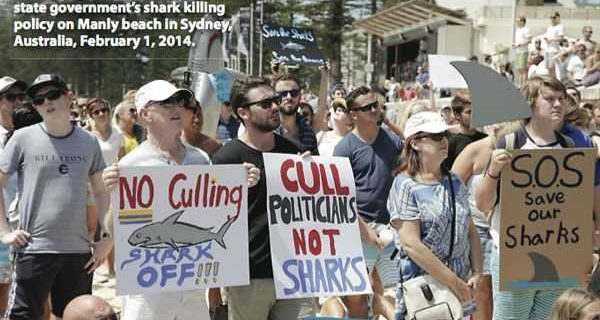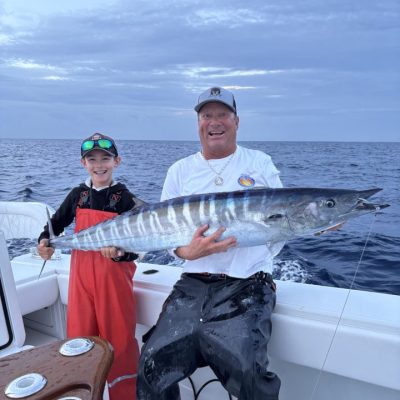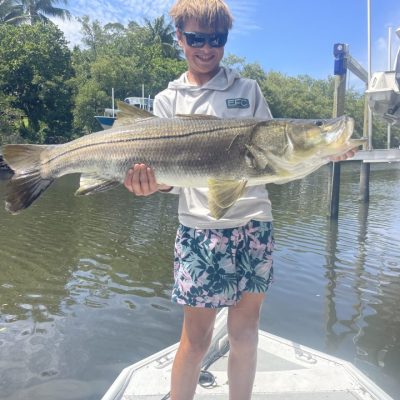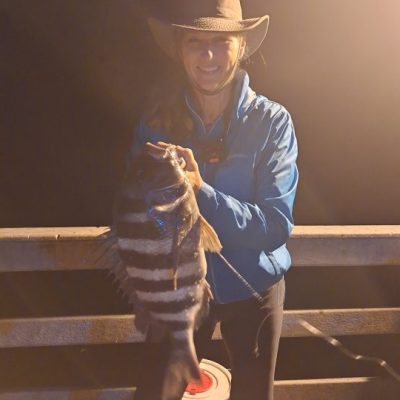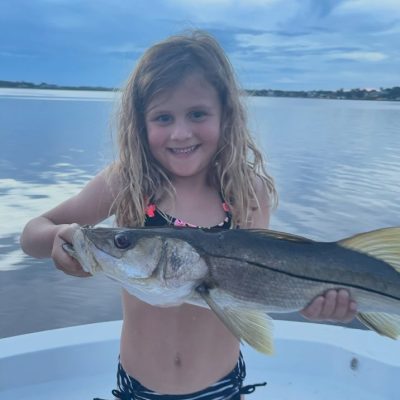Conservation
Environmental and waterway news.
Latest in Conservation
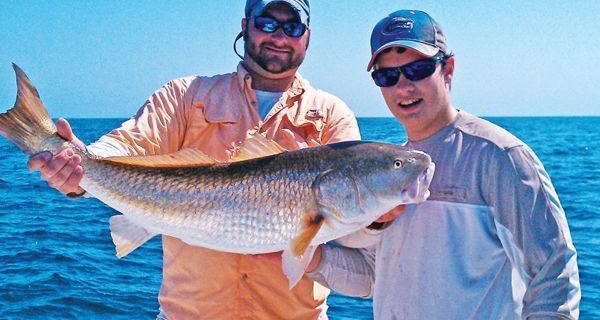
Handle "Your" Redfish With Care!
The Redfish as a sport fish and to a lesser extent a “food fish” has gained far more popularity than the Florida Wildlife Commission (FWC) predicted years back when it declared it a “restrictive” species.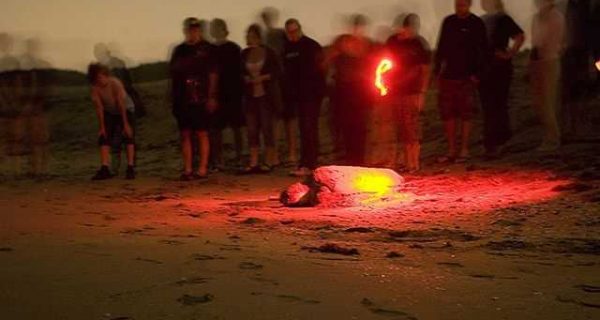
Watts Up?!
Of all the ways that the increasing human population has fundamentally changed Earth, the one that is equally apparent from …FWC NEWS: Biologists hope for another busy sea turtle nesting season
More sea turtles nest on Florida’s beaches than on any other U.S. coastline. Florida Fish and Wildlife Conservation Commission (FWC) …FWC News Update: Help Monitor Horseshoe Crab Spawning on Beaches
A ritual dating back millions of years takes place again this spring on Florida beaches. Spring marks horseshoe crabs’ mating …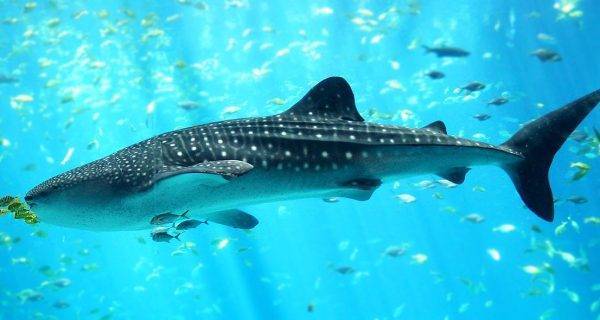
Spotting Whale Sharks With Gulf Researcher Dr. Eric Hoffmayer
Those of us living on the Gulf Coast know our lives are distinctly intertwined with the great body of water to the south. Most of our recreation, food and the way we make a living are connected to the Gulf. However, we don’t always have time stop and consider the vastness of this incredible place we call home. This large marine ecosystem provides a home to creatures many of us have never seen in person, for example, whale sharks. Whale sharks— those spotted gentle giants that feed on fish eggs and plankton—are one of the Gulf’s most unique creatures. Whale sharks are the largest fish in the world, and although the Gulf is home to a number of them, little is known about their behavior in the Gulf. Ocean Conservancy interviewed Dr. Eric Hoffmayer, a preeminent whale shark expert and research fishery biologist with the National Marine Fisheries Service, to find out more about this fascinating fish and what research is needed to ensure their protection.